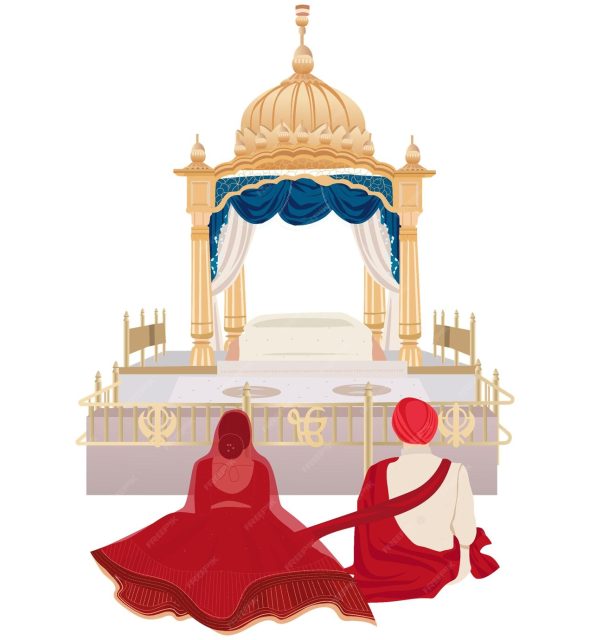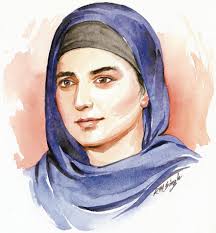
ALPHABET (GURMUKHI) Punjabi alphabet is known as Gurmukhi. Since its characters were used for writing and transcribing the biography and hymns of Guru Nanak, it was given this name by the second Sikh Guru, Guru An gad Dev. It is a misnomer to call the Guru as the inventor of its characters, because before the advent of Guru Nanak, their usage had been prevalent according to in a tablet found at A thur in Ludhiana district. Even Guru Nanak himself based one of his poems entitled \'patti\' on its characters. This Alphabet is also called \'Paint is Akhri\' because it contains thirty-five letters.
ADAM, BHAI, also mentioned as Uddam in some chronicles, was, according to Giani Gian Singh, Twarikh Guru Khalsa, a Siddhu Jatt of Brar clan living at Vinjhu, a village near Bathinda (30°-14`N, 74°-58\'E). He had no male child and, advancing in years, he along with his wife came to Amritsar to devote himself to serving Guru Ram Das. Besides partaking of the holy sangat morning and evening, he daily brought two loads of firewood from the jungle, one of which he contributed to the Guru ka Langar, selling part of the second to buy food for himself and storing the remainder. Once on an extremely cold night a large number of Sikhs arrived to visit the Guru.
AJAIB SINGH (d. 1705), one of the martyrs of Chamkaur, was the son of Bhai Mani Ram, a Rajput Sikh of the time of Guru Tegh Bahadur and Guru Gobind Singh. Mani Ram had presented five of his sons including Ajaib Singh to Guru Gobind Singh at Anandpur where they took amrit or baptism of the double edged sword on the historic day of the birth of the Khalsa on 30th March 1699. Ajaib Singh thereafter remained in attendance upon the Guru. He fell fighting at Chamkaur on 7 December 1705.













